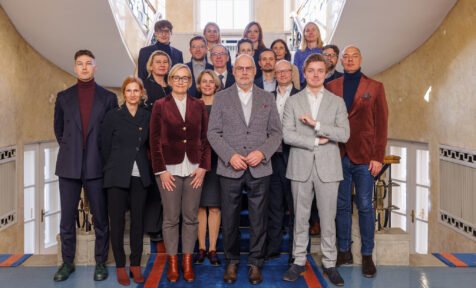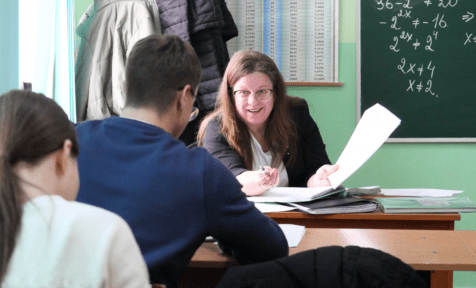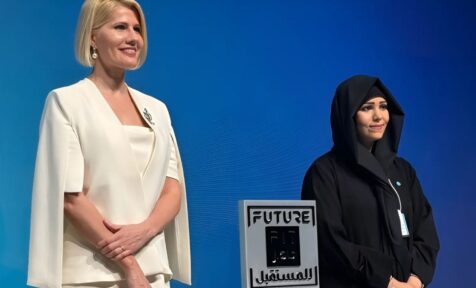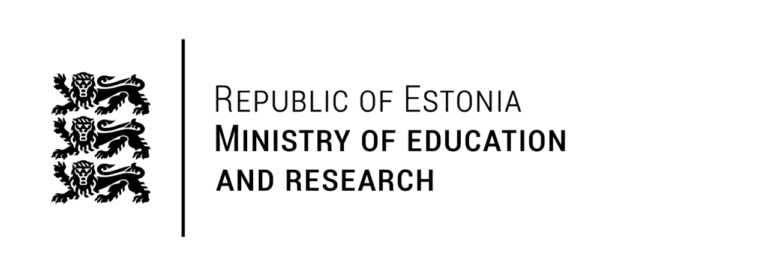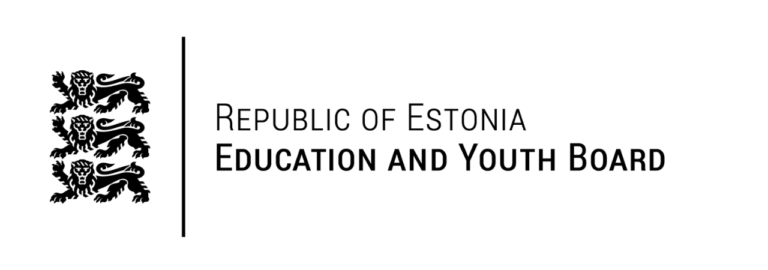On 3 March 2021 the ESERO Estonia was officially launched to support STEM education. The goal of the European Space Education Resource Office (ESERO) is to support STEM studies in primary and secondary schools by using space as a context. ESERO Estonia, hosted by the University of Tartu and led by the Tartu Observatory, joins European Space Agency’s growing network, currently active in 18 other ESA member states.
ESERO is European Space Agency’s (ESA) flagship project in support of school education. Over the past 15 years, ESERO has used the inspirational power of space for the teaching and learning of STEM (Science, Technology, Engineering and Mathematics) subjects at school. The study materials are interdisciplinary and also support other subjects. For example, in physical education: students can train skills that are necessary for astronauts, like balance or coordination. The approach has proved to be very effective and has been adopted by hundreds of thousands of teachers across Europe.
From student to space scientist

ESERO primarily addresses teachers – the key access point to students – by means of teacher training and an innovative didactic approach based on real-life professional practices and role models. The project also offers direct opportunities for students via interdisciplinary school projects and Europe-wide challenges, like developing programmes for a computer at the International Space Station (ISS), modelling a Moon camp or building cansatellites. ESERO will also offer STEM career information, as well as access to role models from the industry and academia.
“Tartu Observatory has a track record of 200 years of scientific excellence. However, education and science popularisation has always been considered important here, for the sake of the development of science and the whole society. By joining the ESERO family, we reaffirm the importance of supporting teachers and educating students, to nourish their interest in STEM subjects, enhance their competencies and skills, and stimulate them to pursue a career in this domain, including space,” said Antti Tamm, Director of Tartu Observatory.
Free study materials
All ESEROs are driven by common overarching objectives and are run under the coordination of ESA with the contribution of multiple national organisations and institutions. Best practices and resources are exchanged within the network, but the national activities are tailored to the national education curricula, needs and context. ESERO’s Estonian office will offer free study materials, which add to Estonia’s existing STEM curricula.
“The ESERO project is an excellent example of the multiple benefits space provides to society,” said Chiara Manfletti, Head of ESA’s Policy and Programmes Coordination Department. “We are invested in ensuring that our society can continuously innovate. To this end, we engage in providing access to the necessary scientific knowledge and skills. The space context has proven to be an incredibly powerful means to achieve this.”
Growing need for experts of the field
ESERO will help contribute to responding to the continuous demand for qualified specialists and professionals. This is especially important in a historical moment when rapid developments in space are opening up new opportunities within the sector in Estonia and across Europe. Estonia has already contributed to several ESA scientific and technology projects. In addition, Estonia’s first satellite, ESTCube-1, a technology demonstrator developed and assembled by the University of Tartu as part of the Estonian Student Satellite Programme, was launched in 2013. In 2018, ‘Myoton Pro’, the first research instrument developed in Estonia arrived at the International Space Station. Most recent highlights include Estonia’s participation in ESA science missions Comet Interceptor and Ariel; contributing to NASA Artemis programme; and winning a 7.5-million Horizon 2020 grant for developing a tomography scanner based on cosmic myon particles instead of harmful X-rays.
